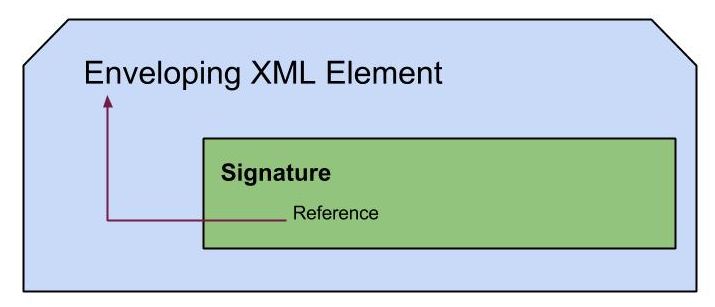How to write a Custom SAML SSO Assertion Signer for WSO2 Identity Server
This is the 3rd post I am writing to explain the use of extension points in WSO2 Identity Server. WSO2 Identity Server has so many such extension points which are easily configurable and arm the server with lot of flexibility. With this, we can support so many domain specific requirements with minimum efforts.
- Firstly I have shared the usage and steps of writing a custom user store manager.
- Secondly a custom claim handler which is also related with SAML SSO Response.
- Now this third post deals with writing a custom SAML SSO Assertion signer.
What we can customize?
- Credentials used to sign the SAML Assertion (The private key)
- Signing Algorithm
- This sample can be extended to customize how we sign the SAML Response and validate the signature as well.
How?
We have to write a class extending
- The class 'org.wso2.carbon.identity.sso.saml.builders.signature.DefaultSSOSigner' or
- The interface 'org.wso2.carbon.identity.sso.saml.builders.signature.SSOSigner'
Needs to override the following method in our case to customize how we sign the assertion,
Finally we have to update the identity.xml() as below with the above custom class we write overriding the methods.
<SAMLSSOSigner>org.wso2.custom.sso.signer.CustomSSOSigner</SAMLSSOSigner>
and place the compiled package with the above class at 'IS_HOME/repository/components/lib'
Now if we restart the server and run the SAML SSO scenario, the SAML SSO Assertion will be signed in the way we defined at the custom class we wrote.
Here you can find a complete sample code to customize the assertion signing procedure.
Here you can find a complete sample code to customize the assertion signing procedure.
Hope this helps..
Cheers!

